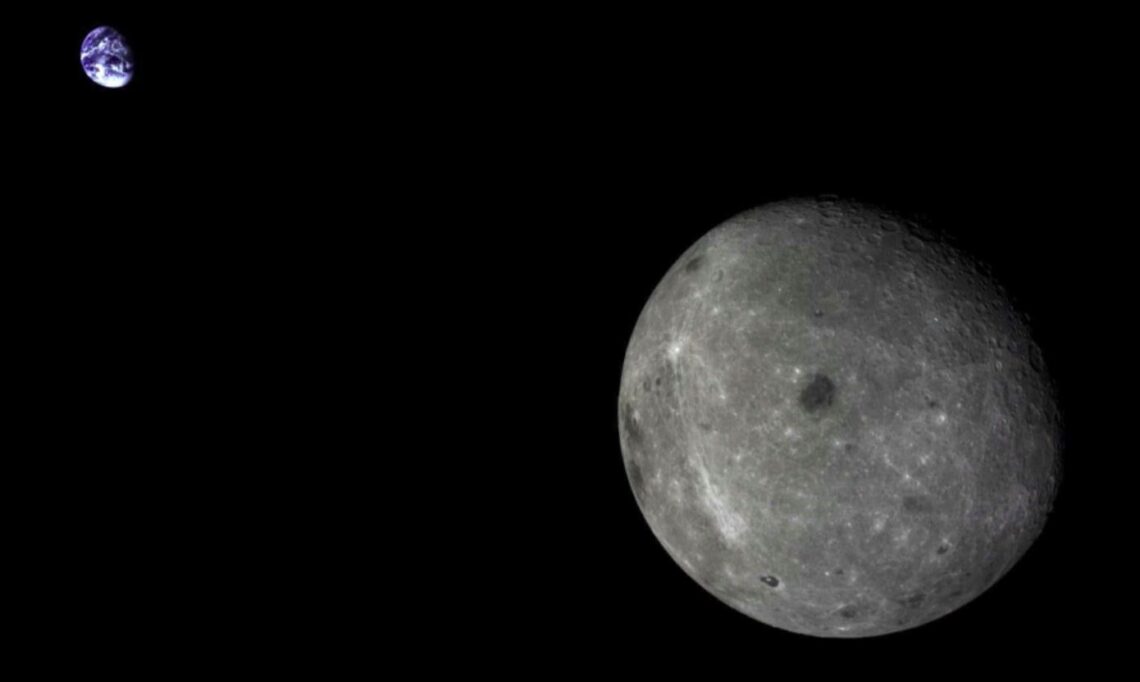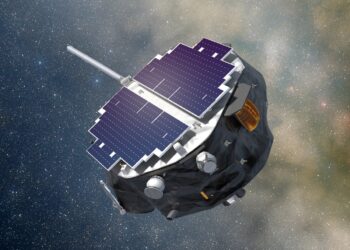HELSINKI — Tracking data appears to show China is attempting to salvage spacecraft initially intended for the moon but left stranded by a rocket stage malfunction.
The small DRO-A and B spacecraft launched from Xichang spaceport on a Long March 2C rocket March 13. Hours later, the first acknowledgement of the mission came from Chinese state media Xinhua, which announced that the spacecraft had not been inserted accurately into their designated orbit by the rocket’s Yuanzheng-1S upper stage.
“The upper stage encountered an abnormality during flight, causing the satellites to fail to accurately enter the preset orbit,” Xinhua stated. “Relevant disposal work is currently underway,” it added, citing Xichang launch center.
Data from the U.S. Space Force’s 18th Space Defense Squadron (SDS) initially showed objects associated with the launch in low Earth orbit (LEO). However, subsequent Two Line Element (TLE) data sets, a mathematical representation of a satellite’s mean orbit, from 18 SDS show an object from the launch (international designator 2024-048A) in a 525 x 132,577-kilometer, highly-elliptical, high Earth orbit. This has since been raised, with the spacecraft tracked in a 971 x 225,193-km orbit on March 26.
This indicates that at least one satellite, and perhaps both—if still attached to one another—separated from the upper stage, and that the object’s orbit has been raised.
“We don’t know much, but I think we can say from the tracking data that the payload(s) separated from the YZ stage, and has made at least one orbit raising burn which indicates an attempt to save the mission,” space activity tracker and astrophysicist Jonathan McDowell told SpaceNews.
Neither state media nor China’s space authorities stated that DRO-A and B were intended to be moon-bound. However, a 2023 journal paper on high-precision relative navigation technology for satellites of the same name indicates the pair are intended…
Read the full article here



